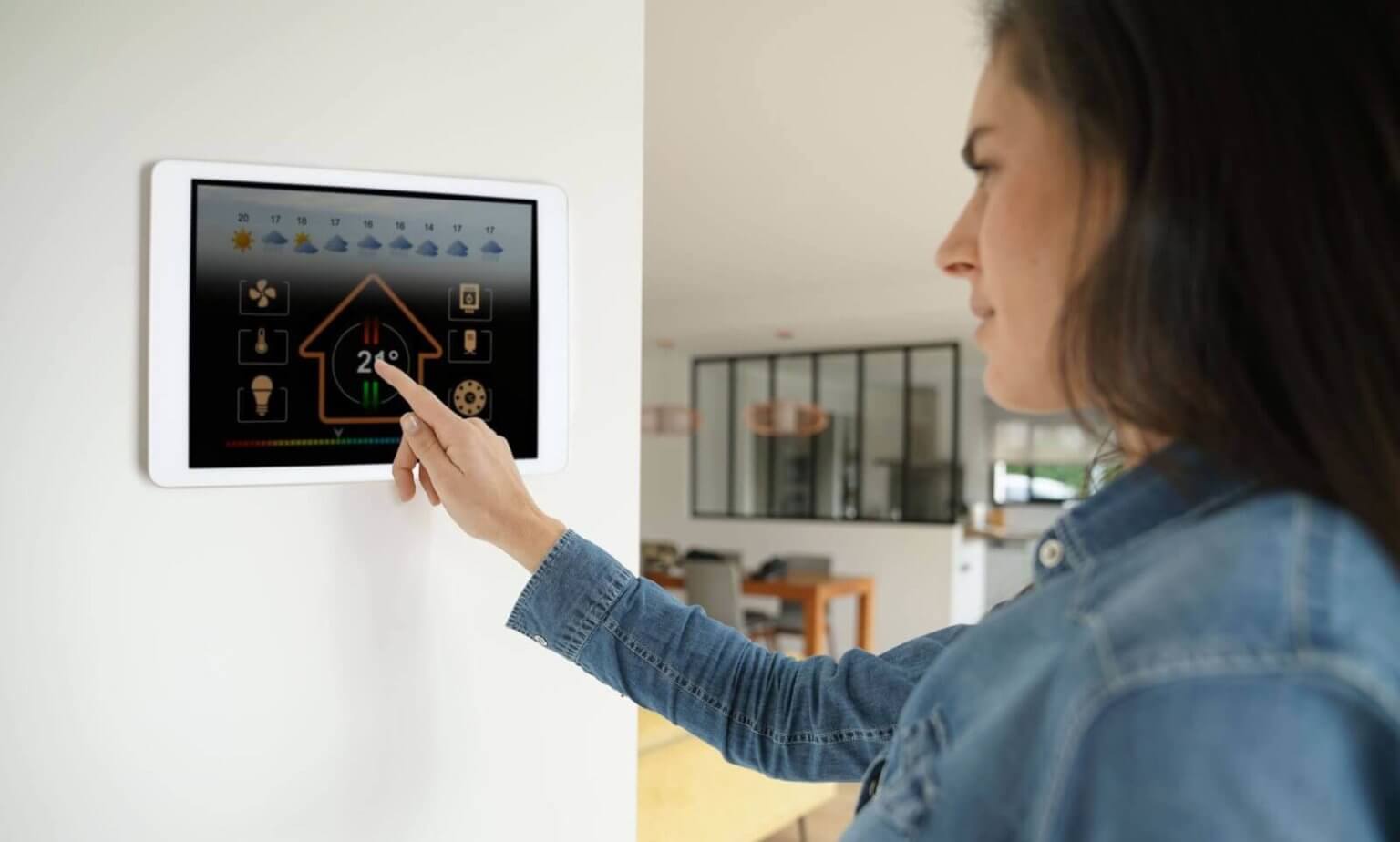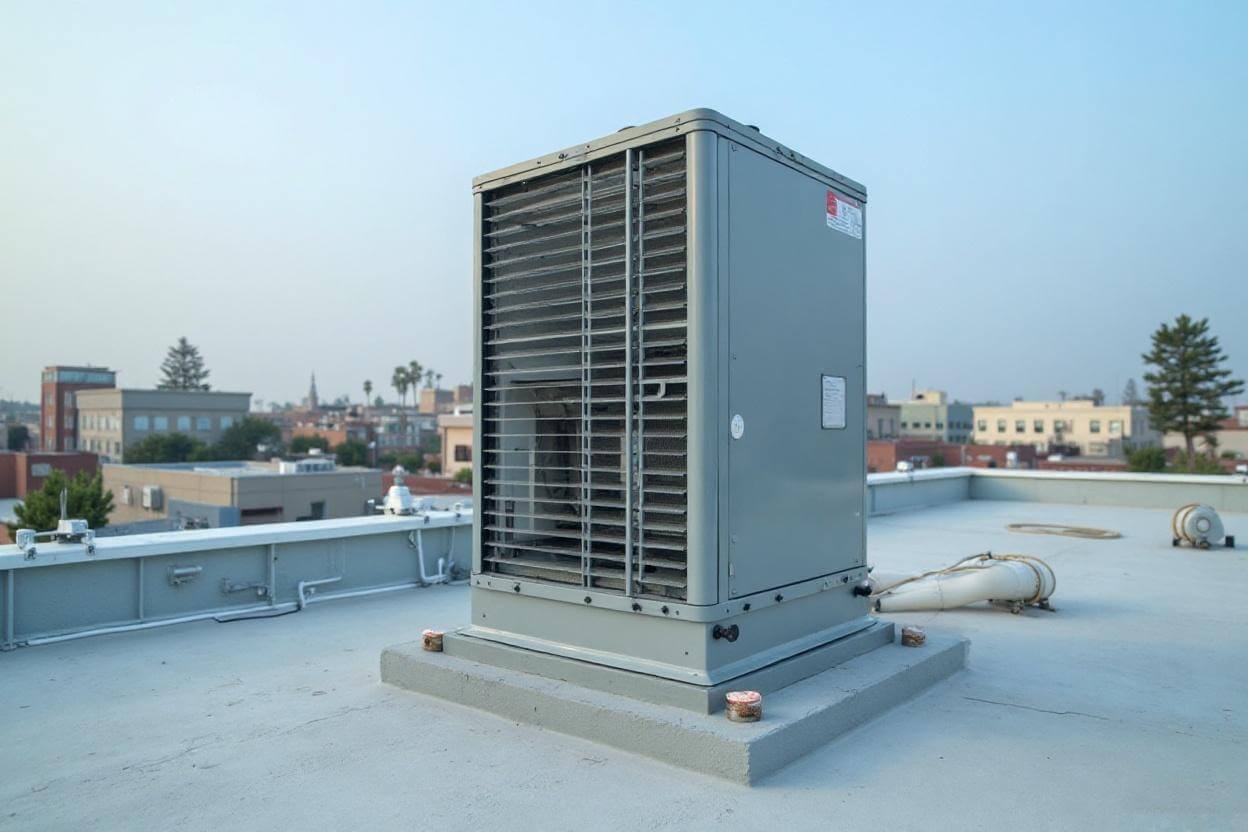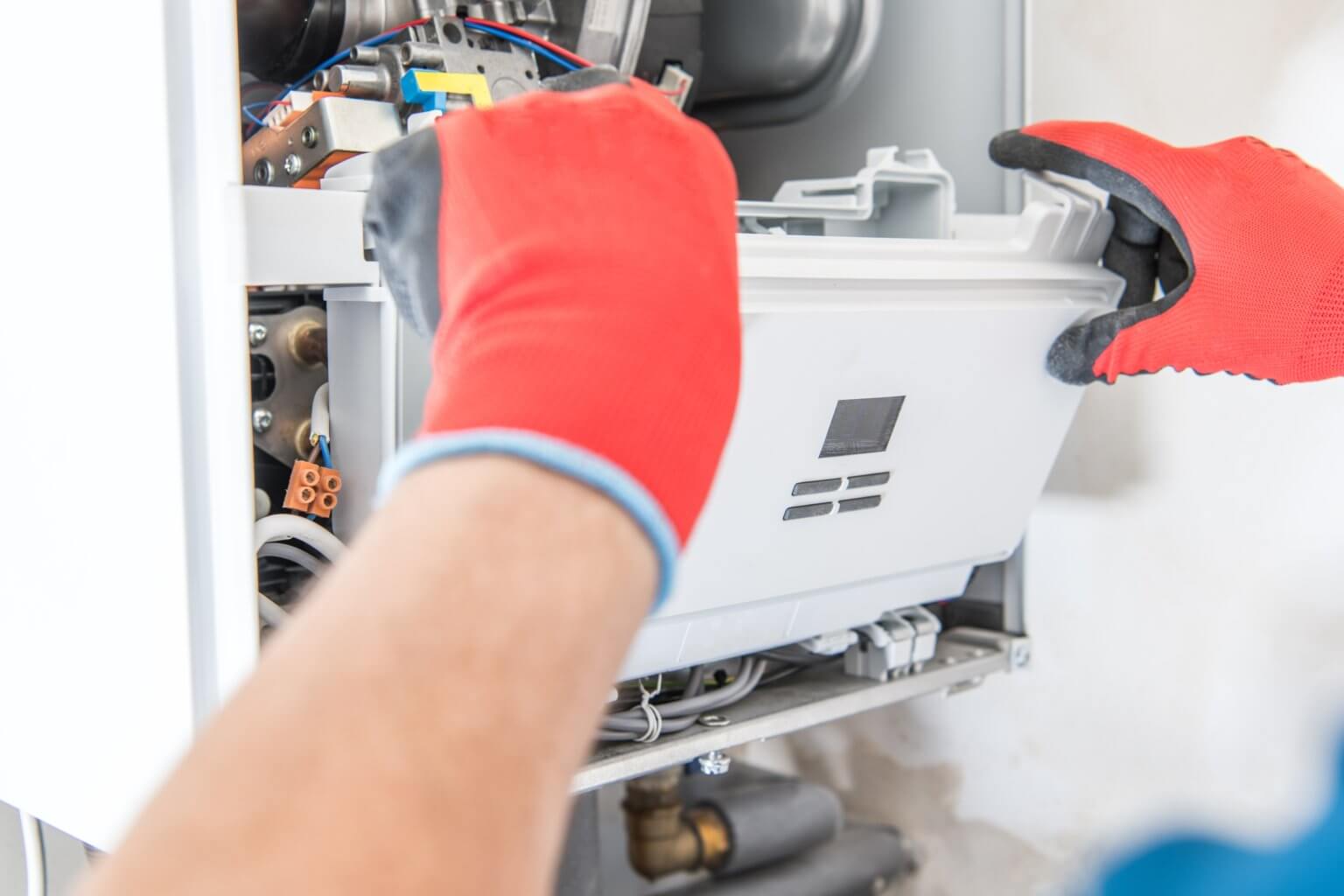Can You Upgrade Your HVAC? Costs, Feasibility, and New System Prices for 2,000 Sq Ft Homes
Homeowners across Canoga Park often ask a simple question with a layered answer: can an HVAC system upgrade deliver lower bills, better comfort, and a quieter home without breaking the bank? The short answer is yes, with the right plan. The long answer depends on the current equipment, duct condition, electrical capacity, and how the home gains and loses heat through the day. This article walks through feasibility, realistic costs in the Valley, and pricing for 2,000 sq ft homes, with a focus on decisions that pay off in our dry summers and cool evenings.
Season Control Heating & Air Conditioning has upgraded systems in single-story ranch homes near Sherman Way, two-story houses off De Soto, and mid-century properties south of Roscoe. The team sees the same patterns: many systems run oversized, ducts leak, attic insulation falls short, and thermostats do little more than turn on and off. Addressing these basics often beats throwing money at the highest SEER rating. The sections below keep the choices simple and the numbers practical.
What “Upgrade” Means in a 2,000 Sq Ft Canoga Park Home
An HVAC system upgrade ranges from component-level improvements to a full replacement. On the light end, a homeowner might swap a single-stage condenser for a variable-speed heat pump while keeping compatible ductwork. On the heavy end, the project involves new equipment, duct redesign, attic sealing, smart controls, and electrical panel work.
For a 2,000 sq ft house in Canoga Park, the average system size lands between 3 and 4 tons when measured properly, not the blanket 5-ton rule that still gets thrown around. A right-sized system paired with sealed ducts and balanced airflow usually solves hot back rooms, noisy returns, and short cycling. The upgrade goal is consistent temperature, lower runtime, and a better indoor experience during heat waves. Summer highs over 100 call for both efficiency and sensible capacity. That means looking at equipment type and installation detail, not brand name alone.
Is Your Home a Good Candidate for an HVAC System Upgrade?
Feasibility starts with the bones of the home. A tech will look at the attic, the duct layout, and the electrical service. Here are the indicators that an upgrade will deliver strong results:
- The current system is 12 to 18 years old, runs on R-22 or an older R-410A unit with frequent capacitor or compressor issues, or uses a mismatched coil and outdoor unit.
- Ducts are original to the home, undersized at returns, or flex runs are kinked. Rooms furthest from the air handler struggle in late afternoon heat.
- The thermostat triggers short, frequent cycles, especially on mild days, which suggests oversizing or poor airflow.
- The electric bill jumps during summer despite average setpoints, often due to duct leakage or lack of attic air sealing.
- The electrical panel has space for a heat pump upgrade or can be safely expanded to support it.
If these apply, an HVAC system upgrade does more than replace a box; it solves losses in the system that waste energy and comfort every day.
Cost Ranges for 2,000 Sq Ft Homes in Canoga Park
Pricing reflects equipment type, duct scope, and attic access. Valley homes vary, but the following ranges are typical for properly permitted work with quality brands and clean, code-compliant installations.
Entry to mid efficiency split AC with gas furnace
- Price range: $12,000 to $17,000 installed
- Use case: Owners who want a familiar setup, minimal electrical work, and a modest bill reduction. Good for homes with newer gas lines and clear access.
High efficiency variable-speed AC with two-stage or modulating furnace
- Price range: $16,000 to $22,000 installed
- Use case: Quieter operation, tighter temperature control, better humidity management on those humid monsoon days. Works well if ducts are already sound.
All-electric heat pump, high efficiency variable-speed
- Price range: $16,000 to $24,000 installed
- Use case: Strong comfort year-round, low operating cost, and fewer roof penetrations. Ideal for homeowners planning solar or seeking fewer gas appliances.
Duct replacement or redesign for a 2,000 sq ft home
- Price range: $5,000 to $11,000 depending on runs, returns, and attic conditions
- Use case: Hot room issues, noisy returns, or static pressure problems. Many homes benefit from one added return and better trunk layout.
Electrical upgrades
- Subpanel or breaker work: $800 to $2,500
- Main panel upgrade if required: $2,500 to $5,500
- Use case: Required for larger heat pumps or code compliance in older homes.
Attic air sealing and insulation top-off

- Price range: $1,500 to $3,500
- Use case: Reduces load, supports smaller equipment sizing, and smooths temperature swings.
Permits and HERS verification for LA County

- Price range: $400 to $1,200
- Use case: Required for lawful installation and to validate airflow, refrigerant charge, and duct sealing.
A full project that includes a variable-speed heat pump, modest duct corrections, permits, and a smart thermostat often lands between $18,000 and $26,000. A furnace and AC replacement with minor duct fixes can sit between $14,000 and $20,000. Scope drives cost more than brand, and the quieter, steadier systems come from variable-speed compressors and fans rather than a higher SEER label alone.
New System Prices by Efficiency and Size
For a 2,000 sq ft home, equipment selection should match both load and duct capacity. Most homes in Canoga Park settle at 3.0 to 3.5 tons when heat gain is calculated with proper measurements. High ceilings, sun exposure on west-facing rooms, and window quality can push size upward. Good duct design can bring it back down.
AC or heat pump equipment, installed with standard accessories:
- 3-ton single-stage split AC with compatible furnace: often $12,000 to $16,500
- 3.5-ton two-stage AC with two-stage or modulating furnace: often $16,000 to $21,000
- 3-ton variable-speed heat pump with communicating air handler: often $17,000 to $23,000
- Add $1,200 to $2,000 for zoning dampers and controls if the home layout supports it and the homeowner wants separate upstairs and downstairs control.
Expect higher costs for rooftop package units, difficult attic access, asbestos duct removal, line set reroutes for heat pump conversions, and structural platforms that need rebuilds. Expect lower costs if the line set, pad, and electrical whip are reusable and ducts are in good shape.
Can a Partial Upgrade Make Sense?
Sometimes. If the condenser fails but the indoor coil is newer and compatible, a partial swap can bridge a few years. However, mismatched equipment trims efficiency and shortens life. In Canoga Park’s heat, a weak evaporator coil or a dirty blower negates the gains of a new outdoor unit. In practice, partial upgrades work best when the indoor unit is within five years of the outdoor’s age and both support the same refrigerant and staging.
Thermostat-only upgrades pay off if the system has staging or variable speed and the current control is basic. A smart thermostat with learning or schedule features can cut runtime during peak hours. That said, a smart thermostat cannot fix bad duct design or undersized returns.
Gas Furnace and AC vs. Heat Pump in the Valley Climate
Both options work here. The choice turns on energy rates, planned solar, and comfort goals.
Gas furnace with AC
- Pros: Strong heat output on cold mornings, familiar service model, lower upfront cost when ducts are already sized for higher furnace airflow.
- Cons: Shorter runtime can lead to wider temperature swings; combustion adds venting and safety checks; future gas rate volatility.
Variable-speed heat pump

- Pros: Gentle, steady heat; quiet operation; one outdoor unit for both heating and cooling; strong rebates at times. In the Valley, heat pumps perform well, even on 40-degree mornings.
- Cons: May need electrical upgrades; best performance requires tight ducts and proper charge; homeowners may prefer the “blast” feeling of gas heat, which can be adjusted with ramp profiles if desired.
Season Control installs both regularly. For owners planning rooftop solar or looking to simplify to one refrigerant circuit, heat pumps often win. For owners with new gas infrastructure and a preference for traditional heat, a high-efficiency furnace with a variable-speed blower still delivers excellent comfort.
The Hidden Work That Saves Money Every Month
Equipment gets all the attention, but airflow and leakage make or break comfort. In many Canoga Park attics, 15 to 25 percent of conditioned air never reaches the rooms due to duct leaks or poor connections. Sealing ducts with mastic, adding a return, and balancing supply runs often cuts runtime without changing the thermostat.
Installers should measure static pressure across the system and target manufacturer limits, often around 0.5 inches of water column total external static for residential air handlers. If the return is undersized, the system strains, noise rises, and efficiency drops. A clean, sealed return with seasoncontrolhvac.com HVAC system upgrade a deeper media filter (MERV 11 to 13) can quiet the system and allow the blower to work in its sweet spot.
Refrigerant charge matters too. Proper charge and superheat/subcool values under realistic load conditions separate a smooth, efficient system from one that guzzles power and wears out early. This is where a quality load calculation and commissioning test results protect an owner’s investment.
What Homeowners Usually Regret or Wish They Did
After hundreds of upgrades, a few patterns repeat:
- Skipping duct fixes because they are “out of sight.” A new variable-speed unit with constricted returns will run loud and underperform.
- Oversizing to “be safe.” Big systems cycle off too fast, leave rooms muggy during rare humid spells, and do not even cool the back bedrooms better.
- Passing on filtration and fresh air options. A media filter and a simple fresh air inlet with damper can make indoor air feel lighter without complex add-ons.
- Choosing by brand badge rather than installer. The best equipment installed badly loses to a midrange system installed and commissioned correctly.
A Real Example from Near Owensmouth Avenue
A two-story, 2,050 sq ft home had a 5-ton single-stage AC with a 100k BTU furnace. Summer complaints centered on a hot upstairs office and a loud return in the hallway. The duct system had a single 16-inch return and multiple long flex runs with sharp bends. Static pressure ran at 0.9 in. w.c., which hobbled airflow.
Season Control sized the home at 3.5 tons based on load. The team installed a 3.5-ton variable-speed heat pump, added a second 14-inch return upstairs, straightened two supply runs, and sealed the rest. Commissioning showed total external static at 0.55. The homeowner reported cooler afternoons in the office and could run the system at a lower fan speed, cutting noise and bills. The full project cost $21,800 with permits. The office room, once 6 degrees warmer at 4 pm, now tracked within 1 to 2 degrees of the hallway.
How Long the Upgrade Takes
Most straight equipment swaps take one to two days. Add a day for duct fixes and sealing. Electrical panel work can add another day with utility coordination. Season Control schedules HERS testing within a day or two of completion to close permits and verify performance. Home disruption stays minimal when attic paths are protected and staging is planned.
Maintenance and Warranty Realities
A well-installed system runs best with simple habits: clean filters, clear outdoor coils, and an annual check that verifies airflow and charge. Avoid one-inch filters if the return is tight; a four- or five-inch media filter reduces pressure and needs fewer changes. Keep shrubs trimmed two feet from outdoor units. For warranties, registration within 60 to 90 days is common. Installer labor warranties vary; many homeowners in Canoga Park prefer a labor plan that covers parts plus labor for at least two years, with options to extend.
What to Expect From a Site Visit in Canoga Park
A proper visit includes a load calculation, duct inspection, static pressure readings, and a check of the electrical panel. The tech should open supply boxes if accessible, measure return sizes, and discuss room-by-room comfort. Expect straight talk about whether a 3-ton system would work if ducts are improved, or whether a 4-ton system is justified due to glass area and exposure. Expect a written scope that lists equipment model numbers, SEER2/HSPF2 ratings for heat pumps, duct changes, permit details, and commissioning tests.
Rebates and Financing Snapshot
Rebates shift through the year. Heat pumps often qualify for higher incentives than straight AC. Utility programs may require HERS verification and minimum efficiency ratings. Many homeowners choose financing to spread costs over 36 to 120 months. Ask about options with no prepayment penalties and check total cost, not just the monthly. The right rebate and term can make a variable-speed system fit the budget without sacrificing the duct and airflow work that protects comfort.
Local Factors in Canoga Park That Influence Choices
Summer heat radiates from nearby streets and roofs well into the evening. West-facing windows pick up late-day sun. Attic temperatures climb fast on still days. These conditions favor variable-speed compressors and blowers that can throttle down and maintain stable indoor temps without the seesaw effect of single-stage units. Homes with older tile roofs and tight attic spaces require careful planning for duct placement and service access. Noise control also matters with lot lines close together, which points to quieter outdoor units and solid line set isolation during installation.
Simple Steps to Prepare for an HVAC System Upgrade
- Confirm access to the attic or closet and clear a safe path.
- List rooms that run hot or cold and when it happens.
- Find the age and model numbers of current equipment if possible.
- Note any past electrical or gas work, including panel upgrades or line relocations.
- Share plans for solar, window replacements, or insulation work, since these change load and sizing.
These details help the estimator present options that solve real problems rather than guessing at tonnage.
What Sets a Quality Installation Apart
The difference shows up in indoor noise, utility bills, and how the home feels at 3 pm in July. Season Control trains installers to check line set sizing and length, to pressure test and evacuate refrigerant lines to the right micron level, and to verify charge with target superheat or subcool under actual load. The crew seals supply and return boxes, uses mastic at all joints, and supports flex runs to prevent sags. Thermostats are set for longer low-speed cycles to stabilize rooms. These details are small on paper and large in daily comfort.
Should You Upgrade Now or Wait?
Upgrade now if the system trips breakers, leaks refrigerant, or cannot maintain temperature during heat waves. Upgrade now if ducts are clearly failing or the equipment is over 15 years old and costing money in repairs. Consider waiting if the equipment runs well, your ducts were updated in the last five years, and you plan envelope work like window replacements that will change the load. When waiting, schedule a tune-up, seal obvious duct leaks, and replace restrictive filters to buy time without wasting energy.
Ready for Quotes? Season Control Makes It Straightforward
Every home is different, but the path to a successful HVAC system upgrade follows a consistent pattern: measure the home’s load, correct airflow, right-size the equipment, and commission the system. Homeowners in Canoga Park who follow this path see fewer hot rooms, lower bills, and quieter evenings. Season Control Heating & Air Conditioning has served neighborhoods from Topanga Canyon Boulevard to Canoga Avenue with solutions that put comfort first and avoid one-size-fits-all sizing.
If you live in or near Canoga Park, CA and want clear options with firm prices for a 2,000 sq ft home, request a site visit. The team will check ducts, sizing, and electrical capacity, then present choices that fit the home and the budget. Call Season Control or book online to schedule an assessment, compare systems side by side, and start planning an upgrade that finally solves the hot room problem and keeps bills under control all summer.
Season Control Heating & Air Conditioning provides HVAC services in Canoga Park, CA. Our team installs, repairs, and maintains heating and cooling systems for residential and commercial clients. We handle AC installation, furnace repair, and regular system tune-ups to keep your home or business comfortable. We also offer air quality solutions and 24/7 emergency service. As a certified Lennox distributor, we provide trusted products along with free system replacement estimates, repair discounts, and priority scheduling. With more than 20 years of local experience and hundreds of five-star reviews, Season Control Heating & Air Conditioning is dedicated to reliable service across Los Angeles. Season Control Heating & Air Conditioning
7239 Canoga Ave Phone: (818) 275-8487 Website: https://seasoncontrolhvac.com/hvac-retrofits-upgrades-la-ca/
Canoga Park,
CA
91303,
USA